The hope for resolving our world’s greatest problems is nested in future generations: in the power of youth and organized youth groups. Since adoption of the UN Security Council Resolution 2250 on Youth, Peace and Security (2015), recognition of young people as a positive force in preventing and resolving conflict, and building sustainable peace, has gained significant momentum.
UNICEF recently reported that nearly half of the world’s children face an extremely high human security risk due to the dangerous effects of multiple planetary crises, especially climate change, and their consequences, including poverty and lack of access to food, clean water, and appropriate education. Most youth organization activities are centered upon the realization that the security of their future is uncertain. Youth is endangered and thus has a right to ask for radical change.
Listed below is a selection of 22 international organizations whose activities are meaningfully addressing some aspect of security and/or sustainability. Some are explicitly youth-led (1, 2), some are designated youth units within larger organizations (4, 5, 6, 11, 21), while others appear to have an intergenerational leadership (3, 8). A few are broadly advancing the full spectrum of Sustainable Development Goals (4, 6), while most others have a more specialized focus on climate (5, 15, 16), human rights (7), peacebuilding (12), ecovillages (13), reforestation (17), energy (18, 19), global development (20), gender equity (21), or green schools and communities (22). Some are arms of the UN (4, 5, 6) or affiliated with the UN in some other way (3, 7, 8, 13).
1. Fridays For Future (2018, everywhere; fridaysforfuture.org)
International movement of school students who skip Friday classes to participate in demonstrations to demand action from political leaders to prevent climate change and to push the fossil fuel industry into transition to renewable energy. The movement is active in more than 150 countries and has involved hundreds of thousands of protestors in thousands of strikes. Their demands: keep global temperature rise below 1.5oC, create a safe pathway towards it compared to pre-industrial levels, insure climate justice and equity for everyone, follow the Paris Agreement, unite behind the science, and listen to the best currently available science. The movement is led by Greta Thunberg, the Swedish environmental activist widely known for challenging world leaders. The long list of Country Contact Information includes Fridays For Future Antarctica, with 30 photos of concerned penguins!
2. Extinction Rebellion (2018, London; rebellion.global)
International, decentralized, and “politically non-partisan” movement of “ordinary” people, “using non-violent direct action and civil disobedience to persuade governments to act justly on the Climate and Ecological Emergency” and minimize risk of social collapse. They have three demands for governments: 1) Tell the Truth, to declare a climate and ecological emergency; 2) Act Now to halt biodiversity loss and reduce greenhouse gas emission to net zero by 2025; 3) Go Beyond Politics, with governments led by the decisions of a Citizens’ Assembly on climate and ecological justice. The directory of >1,200 national and local groups includes XR Antarctica.
3. Global Youth Action Network (1999, New York; gyan.tigweb.org)
Alliance of youth-led and youth-serving organizations in more than 190 countries. It acts as an incubator of global partnerships and a global information provider. Various levels of membership are open on to any organization that supports young people and does not advocate hatred or violence in any form. More than 1,200 organizations have applied for GYAN to date. In 2004 it was granted affiliate status with the UN Department of Public Information and in 2005 Special Consultative Status with the UN Economic and Social Council (ECOSOC).
4. Youth2030 (2018, UN/New York; unyouth2030.com)
A “system-wide strategy” that acts as an umbrella framework to guide the UN and its partners to work “with and for young people” across its three pillars – peace and security, human rights, and sustainable development.
5. YOUNGO (2009, UN/New York; youngo.uno)
The “Youth Contituency” of the UN Framework Convention (UNFCCC), engaging 200 youth NGOs and 5,500 individuals as an official conduit for youth participation in the UN climate talks, and as a global network of youth and youth-focused organizations working on climate change. It runs various Working Groups (Access & Disabilities, Agriculture, Information, etc.) on specific aspects of climate change within the UNFCCC, to ensure that perspectives of future generations are considered in multilateral decision-making.processes.
6. SDSN Youth (n.d., UN/New York; sdsnyouth.org)
A program of the UN Sustainable Development Solutions Network (2012) to educate young people about the Sustainability Development Goals and provide opportunities for them to pioneer innovative solutions to address world challenges. SDSN creates platforms for youth to connect, collaborate and integrate their ideas and perspectives into national and regional pathways for implementation of the 17 SDGs. More than 2,600 youth community leaders have been involved in 127 countries.
7. World Youth Alliance (1999, New York; wya.net)
Aims for a global coalition of young people able to defend the dignity of the person through education, culture, and advocacy. It trains youth to advocate for the human person and develop creative solutions to real world problems in the areas of international policy, human rights, economic and social development, global health, and education. WYA works at international institutions such as the United Nations, the European Union, and the Organization of American States, bringing young people to international conferences and into dialogue with ambassadors, diplomats, and political leaders.
8. Junior Chamber International (1944, Chesterfield, Missouri; jci.cc)
A non-profit NGO of young people between 18 and 40 years old, with members in 124 countries, and regional or national organizations in most of them. Their mission is to motivate and empower youth to become active citizens, take responsibility for global challenges in their community, identify targeted and sustainable solutions, and to build courage to address the most critical challenges of our time. JCI has consultative status with the Council of Europe, UNESCO, and the UN Economic and Social Council
9. Generation Waking-up (2010; Oakland CA; generationwakingup.org)
Rallies high school and college-age young people for the “Great Turning”. Its projects (Wake up, Thrive and Amplify) include social entrepreneurship ventures, community projects, and advocacy campaigns intended to awaken, empower and mobilize youth to build a more sustainable and secure world. More than 150 young people have been trained as WakeUp facilitators, and thousands of young people in Australia, Brazil, China, Germany, Egypt, India, Kenya, Mexico, Romania, the UK, and the US have participated in GW’s programs.
10. Youth Fusion – Abolition 2000 Youth Network (1995; New York; youth-fusion.org)
World-wide networking platform for young people in the field of nuclear disarmament, risk-reduction and non-proliferation. Their focus is on youth action and intergenerational dialogue, building on links between disarmament, peace, climate action, sustainable development, and building back better from the COVID-19 pandemic. Led by the principles of the Abolition 2000 Founding Statement and as part of Abolition 2000 Network, they seek total abolition of nuclear weapons. Youth Fusion organizes forums and events for inter-generational dialogue to build cooperation for more effective policy action.
11. International Student/Young Pugwash (2001, no location info; isyp.org)
Global interdisciplinary network of students and young professionals concerned with the interface of science, technology, society, and ethics, committed to the ideals of the Pugwash Conferences on World Affairs and the 1955 Russell-Einstein Manifesto that led to founding PCWA in Pugwash, Nova Scotia, Canada. ISYP is led by a youthful Executive Board with responsibility to co-ordinate and expand the global network, to engage a new peace generation, and to organize regional and international events such as the annual conference.
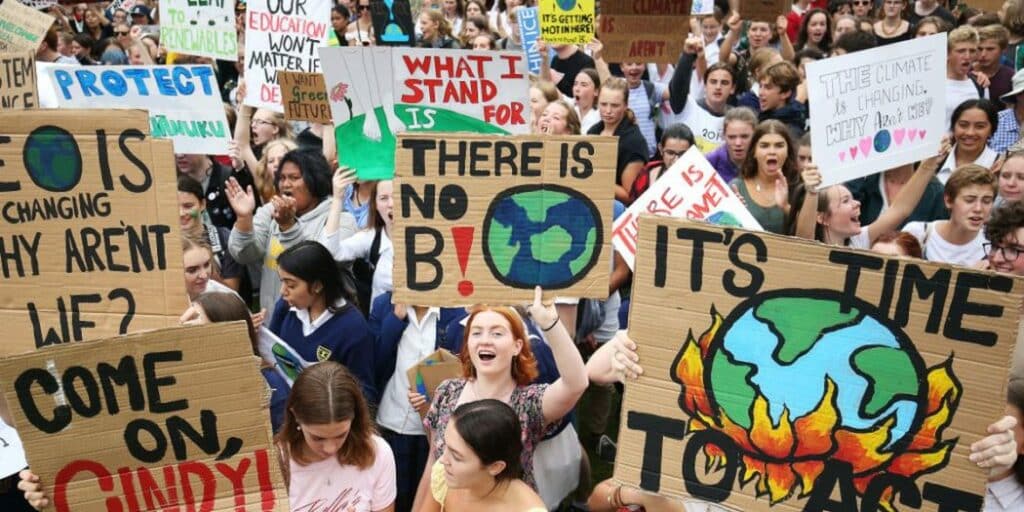
12. United Network of Young Peacebuilders (1989, The Hague; unoy.org )
A network of 123 youth organizations in 69 countries active in the field of peacebuilding and conflict transformation, “united around the vision of a world free from violence.” Beside core programs on capacity building, advocacy and campaigning, UNOY Peacebuilders supports members with networking possibilities, sharing information, a pool of resource persons, carrying out research, fundraising, international working group meetings, training seminars and global regional conferences. Along with Search for Common Ground and the UN Peacebuilding Support Office, it co-chairs The Global Coalition on Youth, Peace and Security (www.youth4peace.info/about).
13. Global Ecovillage Network (2006, Findhorn, Scotland; ecovillage.org)
Provides education and collaboration opportunities for young people to co-create a peaceful and regenerative culture. It has a consultative status with the UN-ECOSOC and functions as a network of autonomous regions (Latin America, Oceania & Asia, North America, Africa and Europe) coordinated through the NextGen International Youth Council which meets on a monthly basis. Recent projects include Youth Social Innovation for Resilient Communities, Youth-Led Societal Innovation for Resilience, and Zambia Greening Schools.
14. Earth Guardians (1992; Boulder, CO; earthguardians.org)
Provides the platform, resources, and collaborative opportunities necessary to elevate youth voices and strengthen the positive impact they are having in their communities and in the world. Their mission is to inspire, inform, engage and invest in diverse youth “to be effective leaders in the environmental, climate, and social justice movements…fueling the cultural shift toward a regenerative future.” They claim 22,000 youth leaders trained, and 600,000 youth educated in more than 61 countries with over 450 action campaigns.
15. Climate Cardinals (2020; McLean,Virginia, climatecardinals.org )
Seeks to make the climate movement more accessible to non-English speakers., especially young people. The youth-led movement was begun by high school senior Sophia Kianni, an Iranian-American climate activist, and named after the state bird of Virginia to suggest migration of ideas. The organization has over 8,000 volunteers who are translating and sourcing climate change information into over 100 languages. The initiative spans 41 countries and has reached over 500,000 people with over 500,000 words of climate information translated to raise awareness and mobilize various groups.
16. Protect Our Planet Movement (2016, New York; thepopmovement.org)
Aims to empower youth to have active participation in addressing issues of climate change faced. It seeks to provide a common platform for youth associations, organizations, and young individuals, to share their action-oriented efforts to integrate activities, mobilize collective efforts, and utilize knowledge in addressing the threat of climate change. POP Movement has developed projects across the US, Australia, Africa, Asia, and Europe.
17. Plant for the Planet (2007, Munich, Germany; a.plant-for-the-planet.org)
Global children and youth initiative with over 88,000 ambassadors in 75 countries pushing a massive reforestation campaign: “plant for a trillion trees.” The organization trained over 91,000 children and youth activists in 1,608 Academies in 75 countries. As Climate Justice Ambassadors, they give speeches to adults to inspire them to combat climate change, prevent temperature rise above the critical 1.5o C limit, reduce fossil fuel emissions, reduce meat consumption, and more. Emphasizes the great potential that planting trees has on society, including new economies based on reforestation, which can lead to generating billions of dollars for national and local economies and small landholder farmers.
18. Young International Solar Energy Society (1954, Frieburg, Germany; ises.org )
Serves as a social and professional network for young members of ISES working on solar and other forms of renewable energy. Through knowledge sharing and community building programs, it aims to help its global members provide technical answers to accelerate transformation to 100% renewable energy. Meetings and social events are organized at the biennial Solar World Congress and at some regional solar energy conferences.
19. European Youth Energy Network (2021, Brussels; youthenergy.eu)
Seeks to put youth at the heart of energy transition. The active organizations educate youth on energy and sustainability, and represent and engage youth in energy and climate policymaking. EYEN works closely with the European Commission’s Directorate General for Energy. It has been serving as Regional Focal Point for Europe on behalf of the SDG#7 Youth Constituency of the UN Major Group for Children and Youth since May 2020. Currently, EYEN’s main project is OpenPolicy Europe, a tool that allows youth to get a better understanding of how the policymaking process works, who’s involved, what policies are in place where, and how one can get involved.
20. Youth Challenge International (1989, Toronto; yci.org)
Designs global development solutions that create conditions for youth to realize meaningful employment and overcome health, environment and inequality challenges they face. It aims to equip young people with the tools, experience, knowledge and networks to build sustainable livelihoods, taking into account market realities.
21. Young Leaders Program of Women Deliver (2007, New York; womendeliver.org )
With an emphasis on sexual and reproductive health and rights, it strives to elevate the work of young people for gender equality (SDG#5). Through Digital University coursework training, a Speakers Bureau, grants for short-term advocacy projects, workshops, and conferences, it connects young advocates with the platforms, people, and resources to amplify their influence. WD’s Young Leaders Program has engaged more than 1,000 youth advocates under age 30 to date, from more than 148 countries.
22. Green Schools Alliance (2006, New York; greenschoolsalliance.org)
GSA mobilizes schools to help transform markets, policy, education and behavior, increase community resilience, empower students, and prepare citizens to think and act in new and creative ways. It initiated the Sustainability Leadership Commitment, a call to action for schools and districts to help in reducing the climate and ecological impact, educating and engaging communities, and transforming the present institutional culture. By signing the Commitment, schools and districts pledge to develop and implement a comprehensive climate action plan to achieve carbon neutrality. GSA’s work has reached 48 US states and 91 countries, with 579 signed Commitments representing more than 8,000 schools.
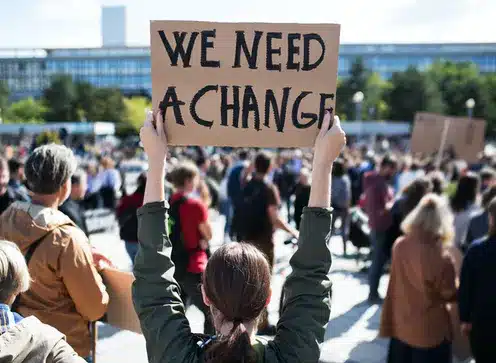
CONCLUSION
The growing mobilization of young people and their desire to have a say in local, national and international policies and programs has caught the attention of the international community and policymakers. Successful intergenerational partnerships at the UN and in other regional and national settings necessitate the inclusion of young people, especially in projects dealing with sustainable development, human rights, peace and security. Young people are now recognized as crucial change agents in the UN 2030 Agenda.
Youth movements are one of the strongest catalysts of social evolution and future change. All the movements listed above are built around a strong set of values advocating a responsible, greener, and just future for humankind. To accomplish a much-needed system transformation, it will be necessary to continually assess the most effective forms of action in dealing with security and sustainability issues.
RECOMMENDED READING
The Climate Crisis is a Child Rights Crisis. Foreword by Fridays For Future. New York: United Nations Children’s Fund (UNICEF), August 2021, 28p.Introduces the first Children’s Climate Risk Index, ranking countries on how vulnerable children are to environmental stress and extreme weather events. Some 1 billion children —nearly half of the world’s children— live in countries that are at an “extremely high-risk” from impacts of climate change (especially in Africa). In sum, “The climate crisis is a child rights crisis.”
Adults Are Failing Us on Climate, by Greta Thunberg, Adriana Calderon, Farzana Faruk Jhuma, and Eric Njuguna, The New York Times (Op-Ed), 22 Aug 2021, SR8. The four FFF authors of this UNICEF report foreword write that “For children and young people, climate change is the single greatest threat to our futures. We are the ones who will have to clean up the mess you adults have made, and we are the one who are more likely to suffer now.”
Young People’s Voices on Climate Anxiety, Government Betrayal and Moral Injury: A Global Phenomenon, by Caroline Hickman and Elizabeth Marks (both at University of Bath), The Lancet Preprint, 7 Sept 2021, 23p. A survey of 10,000 young people aged 16-25 in 10 countries, finding 59% very or extremely worried about climate change (84% at least moderately worried), >45% saying that feelings about climate change negatively affected their daily life and functioning, and >50% feeling anxious, angry, powerless, and guilty.
Next Generation Fellows. Our Future Agenda (Washington DC, United Nations Foundation, 2021). Proposes a New Deal for a New Generation – “a global plan to tackle immediate and urgent priorities in the wake of the COVID-19 pandemic and to address the longer-term need for quality education and skills development, secure and meaningful jobs and economic opportunities, and more sustainable ways of living”.
Marta Nešković earned a recent PhD in Anthropology at the University of Belgrade, Serbia. She is Research Associate at the Institute for Political Studies in Belgrade, and a Junior Fellow of World Academy of Art & Science.
Ivana Lazarovski holds an MA in International Security studies and works as a Second Secretary for the Serbian Ministry of Foreign Affairs in Belgrade. She is a Junior Fellow of the World Academy of Art & Science.

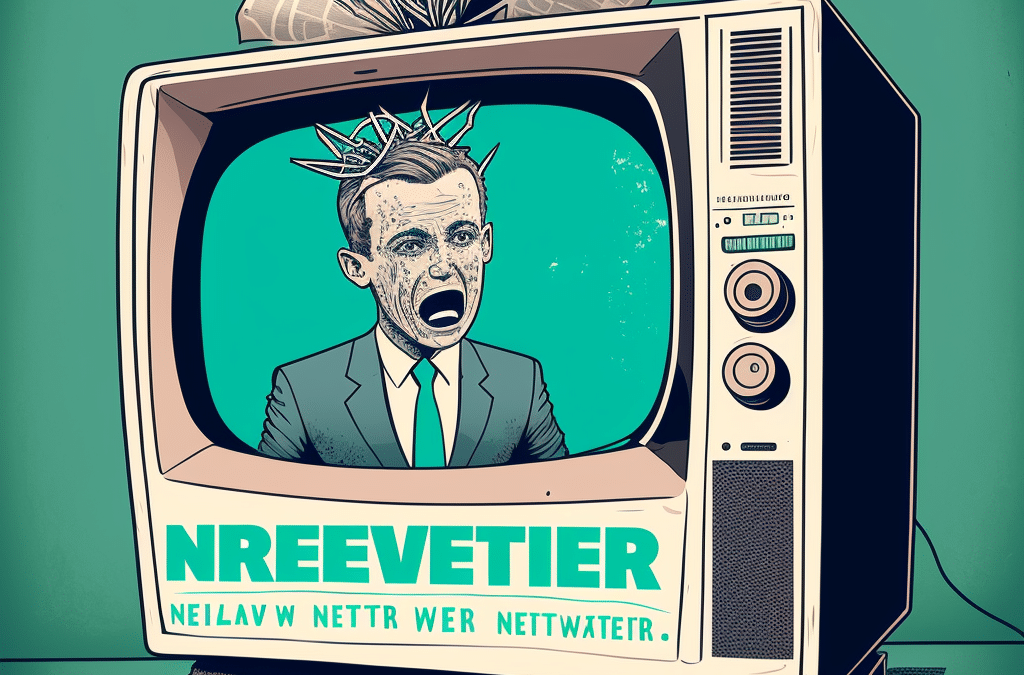
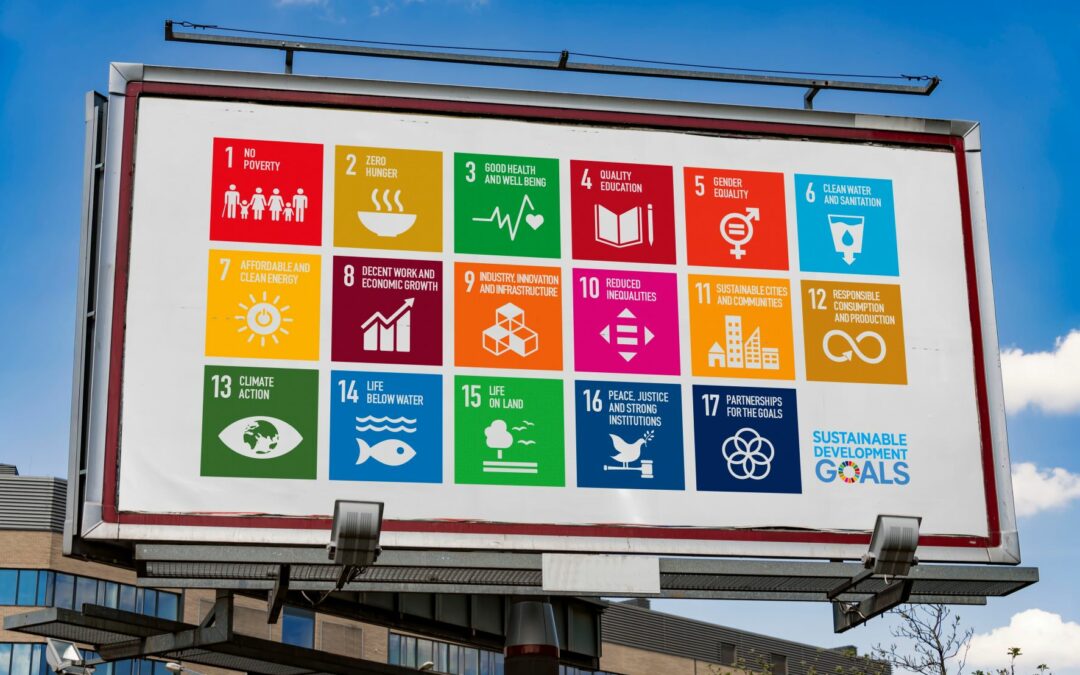
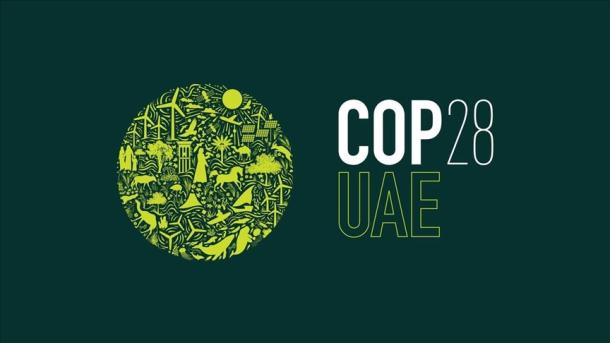
Thank you for this article! The Youth for Community Academic and Development Services is a youth serving youth organization, we appreciate for the work for people are doing thanks so much however We write to extend our compliments and do officially introduce to you our local The Youth for community academic and development services (YOCADS) is non-for-profite youth serving organization that is engage in soccer to ensure young people are empower thought soccer for development therefore.